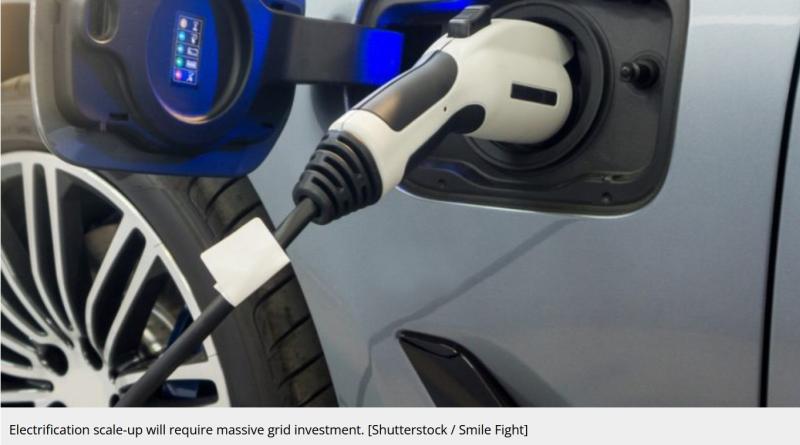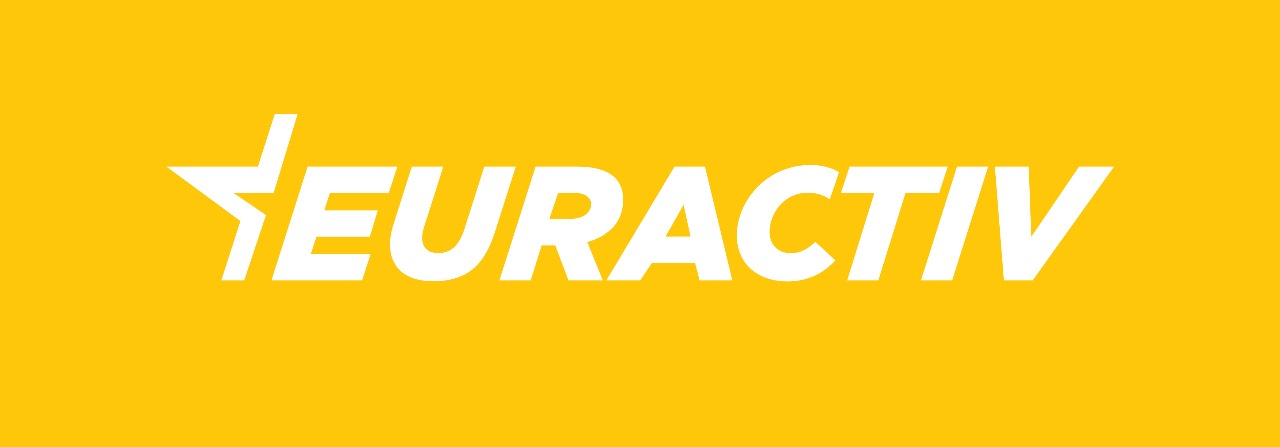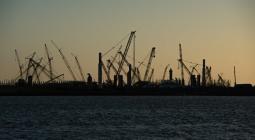Massive electrification needed to reach 2050 climate goals, says new EDF report

Mass electrification of light transport, buildings, and support for electrification of industrial processes will be essential, according to a new 2050 scenario.
Electrification can reduce energy consumption of transport and buildings by 70% and CO2 emissions from industry by up to 90% by 2050, according to a scenario report unveiled by French energy utility EDF at a recent Euractiv event.
The technical and economic analysis identifies three main levers for achieving the EU’s objective of reaching net-zero emissions by 2050: electrification, energy efficiency and behavioural changes. “The necessary transformation will require efforts from all players and will have a cost, hence the importance of making appropriate choices to minimize the cost of the transition,” the report concludes.
The last change will require significant changes to consumption. Under the scenario, the share of final energy consumption met by electricity will have to increase from 21% in 2021, to 57% by 2050.
Not on the right track
“If you look at the numbers, we’re not on the right track,” EDF Strategy Director Catherine Bauby said at the event. “The share of electricity in final energy consumption in Europe has been stagnating. Our study shows that if we delay electrification any further there will be very costly consequences, and we can’t afford that.”
Pierre Schellekens, director of energy policy strategy and coordination at the European Commission, said in reply that the EU executive shares the view on the need for electrification and this has shown through recent pieces of legislation.
“There is strong support for electrification in these pieces of legislation, and that is also the case at national level. But you’re absolutely right, electrification for the moment is rather stagnating. One could say we’re doing rather well on individual measures, but where we’re doing less well is on energy system integration,” said Schellekens.
Major grid investments needed
The scenario argues major investments will be needed in grid infrastructure to manage the transition, particularly to integrate new intermittent sources of renewable energy like wind and solar.
It calls for six times as much wind and solar production in 2050 as exists now. Flexibility will therefore have to increase by two to three times, and the scenario says nuclear power can play a role in that by increasing up to 150 GW capacity.
“The transformation will imply major changes to the electricity transmission and distribution networks, requiring significant investments,” the scenario explains.
The report says that “Investing in infrastructures is a priority, and efficient electrical networks will be essential to make this energy system work. Tomorrow’s electricity system will also need greater flexibility and storage, with a range of solutions on the generation side, such as nuclear and hydropower including pumped storage, batteries, as well as on the demand side such as electric vehicles smart charging and demand-side response.”
Monumental challenge
Sonya Twohig, Secretary-General ENTSO-E which represents electricity transmissions system operators, said at the event that the key thing needed for the grids is investment. “It’s a huge challenge that is monumental in terms of investment needs,” she said. “It means double-digit investment by each TSO in Europe. You’re also looking at the connection of those renewable sources and how fast they can connect.”
“The sooner we can work with the industry on the services that those connecting generation can have, the sooner we can have the flexibility that’s necessary,” she added.
Outside of electrification, the scenario calls for a ‘cocktail’ of other energy sources – the composition of which is hard to predict decades in advance, because it will depend on technological development. These include solid biomass, bioliquids, biogas, e-fuels, waste heat and fossil fuels.
“We need some kind of neutrality with respect to exploring both the exact mix between electricity and molecules, and more importantly within the molecules,” explained Professor Marc Oliver Bettzüge, director of the Energiewirtschaftlichen Institute at Köln University.
Speaking at the event he said: “What is the exact right mix of those molecules and electrons? From a modelling perspective it is in the details of the cost assumptions for those technologies that are not yet mature.”
The scenario report concludes that reaching the 2050 EU target is also going to require an ambitious regulatory framework as well as robust CO2 prices which give long-term visibility to investors.




